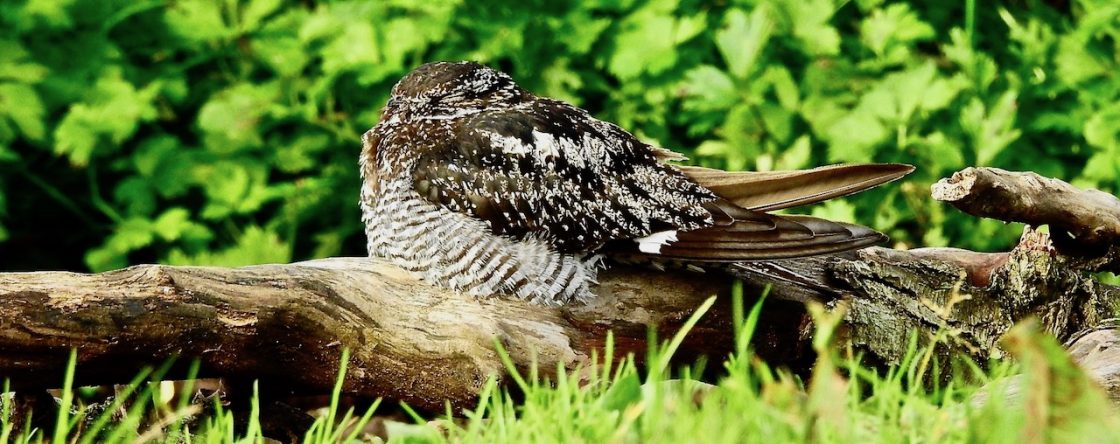
Sensible folk renew insurance online, warm and dry in the comfort of their own homes.
So why does it take me three hours up to my oxsters in gloopy mud on a wind-whipped headland above the North Sea?
Fleeting views of the young Red Headed Bunting near Flamborough’s North Landing were all that was needed to fully update my policy, as the last one I’d seen was way back in 1998 at Little Crosby, and at least that had the common decency to be a nice summery adult.
It looked fine to me, as long as you ignored the wear on the flight feathers (we’ve all gotta moult sometime baby).
Fast forward 25 years, and the young Red Headed Bunting popped up this morning at about 10.30am, disappearing into the stubble with Yellowhammers for long periods of time and perching up in view only four times while I watched its favoured corner.
While I enjoy watching any rare, especially one that is tipped to finally make it onto the British list on the frankly bland wings of this bird, it has to be said this particular vagrant was exceptional in its mediocrity.
The few images I took were all mercifully out of focus…


For many years I have always considered the Barbados race of Lesser Antillean Bullfinch to be the most boring bird in the world. On the strength of this morning’s foray, it is fair to say I am currently reappraising my opinion.
As a learned friend pointed out this evening: “You can’t polish a turd”.
Flamborough, while clearly quieter than yesterday, still reeked of autumn today – thousands of Pink Feet piling through, thrushes, Skylarks, Goldcrest, Short Eared Owl and in the Motorway Hedge two big blousy Bullfinches, brightly coloured with large white wing flashes.


They didn’t call, but I bet if you took a peek under their wings, you’d find little toy trumpets hidden away there somewhere…
Later in the afternoon the Two Barred (Greenish) Warbler was briefly visible on the landward side of the hedge, but only distantly using a ‘scope from the Lighthouse car park.

Far better behaved (and considerably closer) was a lovely Pallas’s Warbler which flitted about in the Bay Brambles, just below the headland beacon – a stripey, hyperactive yellow vision.
A Water Rail crash landed close by as the afternoon faded.

Wingbars, supers and crown stripe were all bright and wonderful as the Pallas’s Warbler hugged the cover just beneath me, its yellow rump glaring in the gathering afternoon gloom, a gorgeous little thing…
















